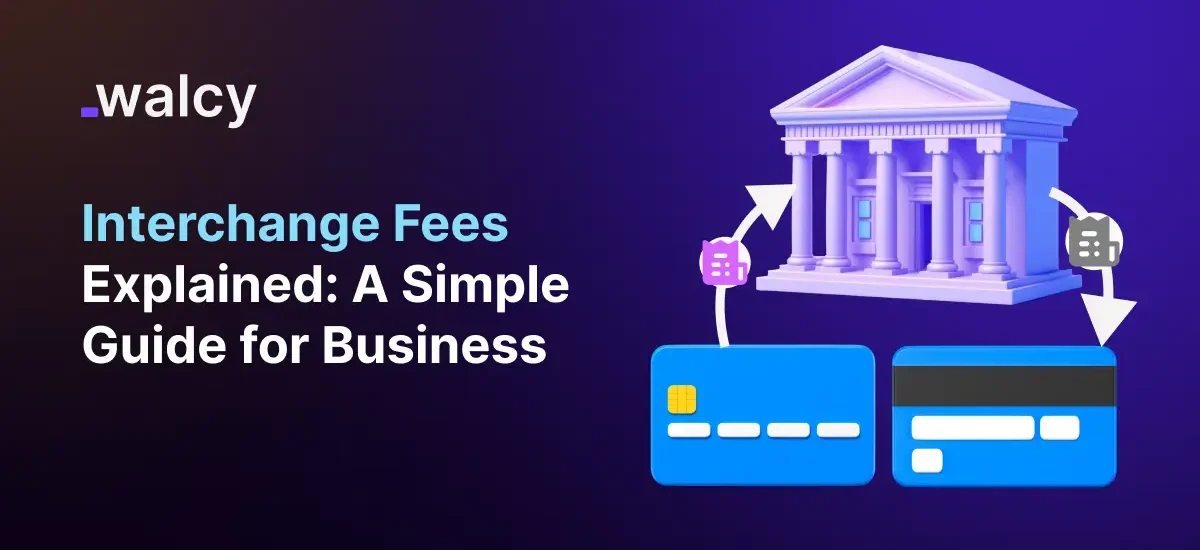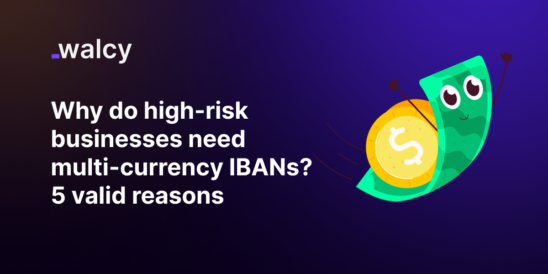Interchange fees can potentially yield significant yet misunderstood results in the world of electronic payables. It makes such transactions possible between the consumer and the merchant by way of credit and debit cards.
More importantly, understanding the interchange fees better equips your business with information to make smart payment processing decisions and take your bottom line to the next level.
In the course of this article, we shall be discussing what interchange fees are, how they work, and the various kinds of pricing models attached to these, namely, interchange plus pricing and swipe fees.
What is an Interchange Fee?
Interchange fees refer to the costs that merchants are forced to pay card-issuing banks every time a consumer uses a credit or debit card to make any form of transaction.
In other words, interchange fees are paid by a merchant every time one swipes their card at a retail outlet or keys in their card details online as part of the whole transaction process.
Key Points about Interchange Fees
- Purpose: The interchange fee compensates the card-issuing bank for the risk taken in lending money to the consumer and provides services to ensure that the transaction is safe and secure.
- Amount: These usually come in the form of a percentage of the amount transacted plus a fixed fee. For example, the fees can be levied as 1.5 percent of the transaction plus $0.10.
- Variability on the amount of interchange fees: Card type such as credit versus debit, the transactional amount, and the merchant category
How Interchange Fees Work
There are several parties involved in the process whenever the consumer makes a purchase using the card. These parties are:
- Cardholder: This is an actual owner using the card
- Merchant: The particular business that is accepting the card payment.
- Acquirer: It is the financial institution or the bank which normally carries out card payments for and on behalf of the merchant
- Issuer: This is a bank which has issued a card to the consumer
- Card Networks: This consists of organizations such as Visa and Mastercard which ultimately facilitate the transaction.
The Transaction Process
- Authorization: The cardholder initiates a transaction request from the merchant’s payment terminal.
- Listen to Issuer: The request is subsequently sent, through the card network by the acquirer, to the issuer for assurance that approval is possible for the prevailing account status for the said transaction.
- Approval: Upon approval by the issuer, the confirmation flows back across the network from the acquirer back to the merchant.
- Settlement: Upon authorization, the funds move from the issuer to the acquirer less the interchange fee.
Interchange Fee Types
The interchange fee is usually classified into major types depending on the type of transaction and, therefore, card type. Some of the most occurring varieties are:
Credit Card Interchange Fees
As a general rule, credit card interchange fees are higher compared to debit cards. Some of the key elements that affect them include:
- Type of Card: Premium cards that offer some form of reward or benefit have interchange fees set higher.
- Transaction Size: Larger transactions might attract different rates.
Debit Card Interchange Fees
Debit card interchange fees are normally far less than credit card interchange fees. Even on a debit card, they are determined by the type of card like standard versus reward and also if the transaction is made online or offline.
Bank Interchange Rates
These rates are negotiated between the banks involved in the settlement of a transaction and can be pretty varied. Some of the influencing factors on bank interchange rates include:
- The volume of the transaction: The higher it is, the lower the rate.
- Risk profile: In case the business happens to be low-risk, the rates can be better.
Interchange Pricing Models
Whichever interchange pricing model a merchant wants to use, knowing them in advance is very important to any merchant who intends to have costs at their lowest level. Here are some of the interchange pricing models:
Interchange Plus Pricing
Interchange plus pricing is a transparent model wherein the merchant pays interchange with a fixed markup by the payment processor. It allows clarity in this respect because the exact amount he or she has to pay per transaction can be seen by the merchant. It contains the following:
- Interchange Fee: Depending on the card type and transaction information, this fee is assessed through card networks such as Visa and Mastercard.
- Markup: A fixed dollar-and-cents amount charged by the processor for processing. The markup may vary from one provider to another.
Pros:
- Transparent
- easier to compare between providers.
Cons:
- Complex to understand how the fee changes with card type and other variables.
Flat Rate Pricing
Flat rate pricing is when a processor charges one percent for any type of transaction, irrespective of the card type. Everything in this model is crystal clear and hence easy for a merchant to estimate the costs.
Pros
- Is straightforward to understand.
- There are no pricing surprises.
Cons:
- Costs may come higher in the long run for businesses whose transactions are of many types.
Tiered Pricing
It is possible to stratify the interchange into groups or tiers by using tiered pricing, as it commands a separate rate for each. The most common tiers include:
- Qualified: These include those types of low-risk transactions on which fees have been kept relatively low.
- Mid Qualified: These include the moderate risk type of transactions that incur somewhat higher charges as compared to qualified ones.
- Non-Qualified: These are high-risk transactions that usually are charged at the highest.
Pros:
- The tiered system does have its positive aspects, particularly in those situations in which an organization has a large number of qualified transactions.
Cons:
- There is a lack of transparency; it may be tricky for a merchant to predict some costs.
Visa Interchange Rates
Visa interchange rates are set by one of the world’s largest card networks and are the rates at which fees are determined for a certain transaction if a Visa card is used. The rates depend upon the merchant category and kind of transaction.
Visa Interchange Fee Examples
- Standard Credit Card Transactions: Depending upon various circumstances, an interchange rate for this can range from 1.15% to 2.5%.
- Recycler Views Credit Cards: Generally, have higher interchange fees due to the added reward benefits for cardholders.
- Debit Transactions: Generally lower, with rates usually in the range of 0.5% to 1.5%.
Read about: International Payment Fees | The Essential guide.
The Impact of Interchange Fees on Businesses
Interchange fees can vastly affect the profitability of a business. Some of the critical issues that a business has to be concerned with include:
Cost Control
Businesses will be able to keep their profit margins high when interchange fees are at bay. It also comes to finding and considering an appropriate pricing model. Interchange plus pricing will suit large volume merchants for this method is more transparent.
Fee Passing on to Consumers
Other merchants would surcharge the goods sold or increase the prices of their merchandise. While they can easily pass interchange fees on to consumers, they are also at the risk of losing several customers this way.
Negotiate as a Merchant
These are usually negotiated with the processing entities, especially when the volumes of transactions are on the higher side. Sometimes it so happens that a strong history of transactions leads to better terms.
Read about: Expanding Business Internationally: Must Know Things
Conclusion
Interchange fees are a part of the payment ecosystem. Knowing how they work, the different types, and pricing models better equips businesses to make more informed decisions about what touches the bottom line.
This could be a thought-provoking guide through interchange fees for a small business owner or a large corporation interested in improving profitability through wiser cost management.
Knowledge of interchange fees, how they work, and the way they’re constantly evolving will be some of the keys with which one navigates the financial landscape in this ever-changing digital payments world.
Do follow us on Facebook and LinkedIn, to stay connected with us.



